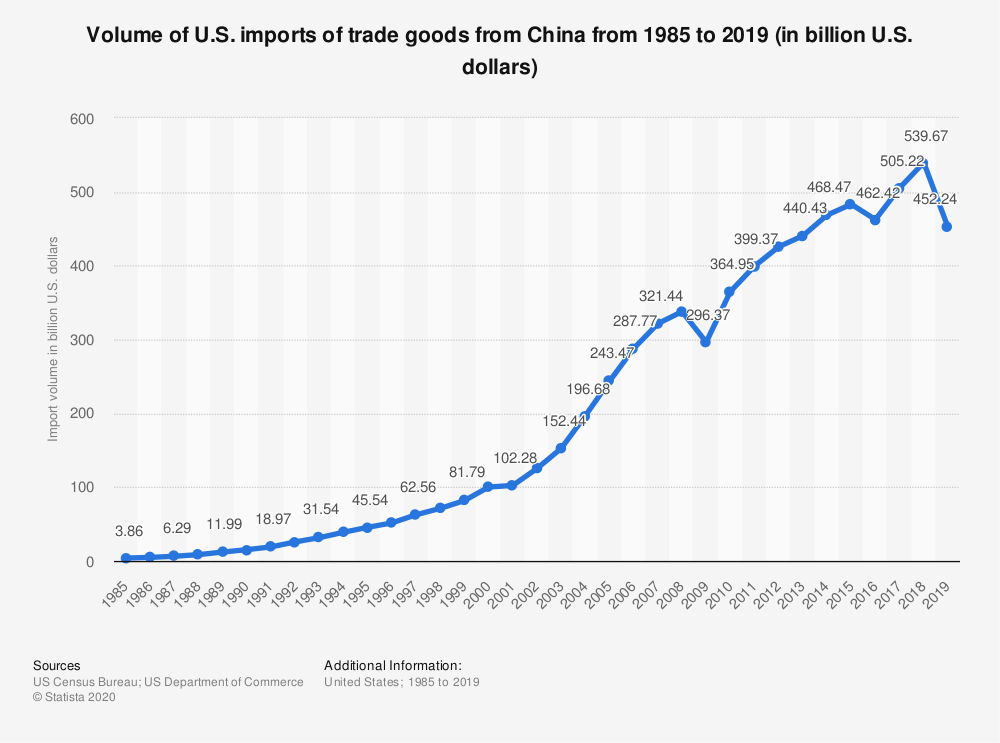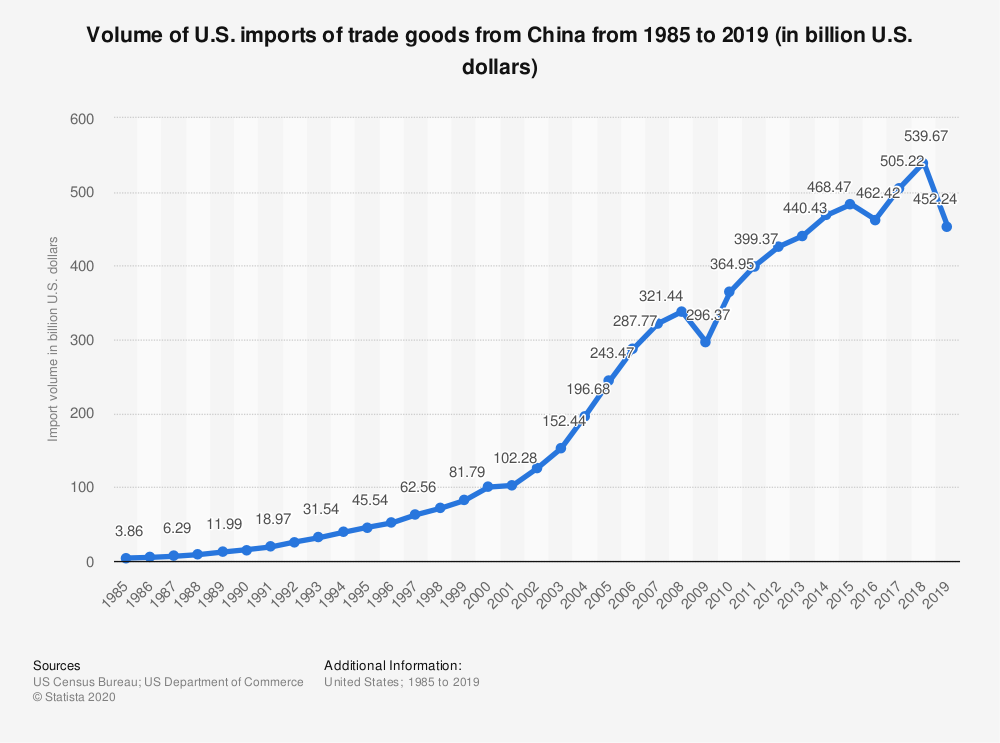More and more people are changing the way they are thinking about buying products. With fears still fresh from COVID19 we are seeing the American people rise up to support their local small businesses.
Will Manufacturing in China Survive COVID19? One Senator, Rick Scott, doesn’t believe Americans should buy any more products made in China and is asking retailers like Amazon to post where the product was made: view the article
The pandemic is fostering a necessary and more symbiotic partnership between humans and machines. What I found most interesting about this article is the potential to learn from what is working for semiconductor manufacturers, and anticipating how this can be used to bolster the supply chain as physical distancing continues for the foreseeable future. This includes applying technologies like machine learning, AI, and remote inspection.
The potential can be harnessed in industries like healthcare, retail, automotive, transportation, and oil and gas. A human-machine partnership can bring about food security and stability through vertical farm environments. The possibilities are endless, and we see that proven with the extremely complex and advanced work that is successfully accomplished for semiconductor chips as described in the article below.
Key take-away’s from this article:
- Manufacturers are updating existing health and hygiene protocols for workers, and adding new layers of protection and screening as factories resume operations
- Machine learning is helping improve manufacturing processes by enabling remote inspection so that engineers do not need to be on-site
- Factory robots are handling the extremely complex process of assembly for nanotechnology like semiconductor chips
- COVID-19 has accelerated the transformation for more factories to approach the mechanic perfection of chip foundries

The US imports a lot of stuff from China. Over $560 billion worth of goods came into the US from China in 2018; making up more than 21% of the value of all the goods the US imported.
FULL SUMMARY: Link to article
Apple is due to roll out its highly anticipated 5G phone this fall, and it is depending on Taiwanese contract manufacturer, Foxconn, to start assembling the next generation of iPhones to be prepared for the release. Manufacturing in China is currently operating at around 80% of capacity, and many factories are pushing for 100%.
As the world economy opens back up in stages, manufacturers are re-tooling aspects of the operation — updating existing protocols around hygiene, instilling separation in assembly lines between workers, and screening employees with “health code” apps before entry into facilities. In China, further separation is enforced by fences between workers. Many of these procedures were already developed and in place following the outbreaks of SARS and H1N1.
Factories around the world have been stockpiling since the beginning of the latest pandemic to ensure that the production process can continue running and facilities have the parts they need. All-in-all modern global production has adapted to keep up with the pace of requirements and new technological advancements. The pandemic adds another layer of technicalities with restricted international travel, but there is an innovative workaround for that too.
Instrumental – a firm that uses machine learning to help manufacturers improve their processes – sells a system that uses machine learning to inspect images of every item a factory makes at each stage of its assembly. This capability enables engineers to oversee quality and explore the causes of any flaws. The upside? Increased yields and reducing wasted time, money, and materials.
As products become more and more advanced, humans will be less and less able to assemble them, relying more and more on AI-enabled factory robots. Complex semiconductor manufacturing is already utilizing robotic assembly capabilities — this enabled human distancing and production up-time despite widespread lockdowns because of the pandemic.
As we depend on new technologies and remote work capabilities to help productivity, the same concepts are being successfully deployed through manufacturing firms. In this way, the reopening and continuation of factories after the pandemic seemingly feeds a technology lifecycle as technology enables new growth and deployment. Robots and AI cannot replace human ingenuity, but they can certainly handle the load of supporting supply chains while humans are limited in physical workforce capacities.








